Pay with Klarna
Free Carbon Neutral Shipping On Orders $75+, Plus Free Samples!
Pay with Klarna
Free Carbon Neutral Shipping On Orders $75+, Plus Free Samples!
Bored with your stick-straight hair and ready for a big time makeover? Try a perm. Despite its once negative associations with over-processed ’80s hair, the perm is making a very positive comeback. The modern perm has become one of the most popular hair trends of 2023. The technology behind the perm hasn’t changed much since its iconic debut in the 1980s, but it has undergone a transformation to limit damage — both from the chemicals and the heat required to set the curls. And today’s version can give you more than just one finished look.
There's still the option of tight spirals, ringlets and corkscrew curls, but it’s also possible just to add a bit of texture and wave. If you’re thinking about getting a perm, you’ve come to the right place. We’re telling you everything you need to know about permed hair ahead.
Perms can transform the straightest of hair into curls, and make the curliest hair straight. A perm chemically alters the shape of hair strands. So how long does a perm last? The longevity of a perm can be influenced by the following.
The most important thing to consider when it comes to getting a perm is going to a hairstylist who knows what they’re doing. A perm works by using a solution to chemically break apart hair bonds, before rebuilding them around the curling rods. The chemicals in perm lotion are potent, so it’s worth investing your time to find a stylist with experience.
While techniques now exist to allow somewhat lightened hair to be permed, if you’ve got heavily bleached or chemically processed hair, we don’t recommend it. Your hair should also be in the same condition from root to tip. The more chemicals your hair has been subjected to, the less likely it is to hold the new structure. That might mean cutting off damage or avoiding color treatments before you perm your hair.
If you want your perm to last, you’ll need to consider its exposure to water. Continuously subjecting a perm to activities like swimming, frequent shampooing or wet weather will damage the longevity of your perm. Getting it wet opens your hair’s cuticle, releasing the chemicals used to set the perm.
When you perm your hair, expect to completely change your hair products and routine. Permed hair needs more nourishment. Your new hair texture needs different maintenance so use only high quality, moisturizing products free of harmful toxins to make your perm last.
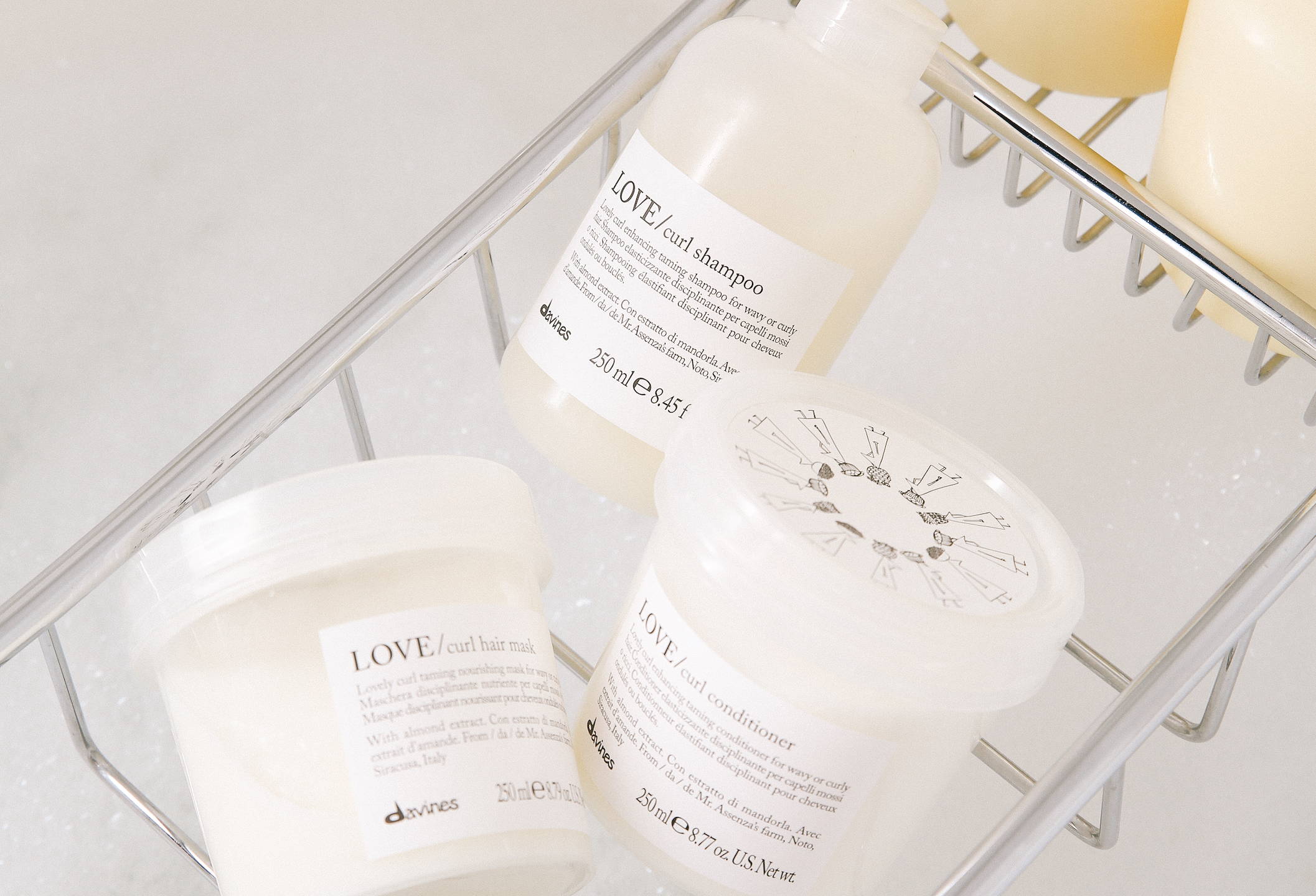
Maintaining a perm is crucial to prolonging its lifespan and keeping your curls looking their best. These do’s and don’ts will help you maintain the look and health of your perm.
You’ll have to wait 48 hours after perming your hair before washing it. You can’t get your perm wet, put it up or even touch it much while the chemicals reset your strands. Even after getting your perm, washing it everyday will affect the longevity of your curls, so prolong the gap between washes as long as possible.
Once you’ve got permed hair it’ll be more prone to frizz and a lot dryer, so incorporating hydration where you can is a must. After perming your hair, wash twice-weekly with a moisturizing shampoo and follow up with a deep conditioner to keep your hair in good condition.
Wet hair is fragile and susceptible to breakage, so brushing when wet is never a good idea. But especially after it’s been permed, don’t brush it when it’s wet. Curly hair especially needs moisture in the form of a detangling spray, or leave-in conditioner, or oil in order to prevent damage while brushing.
A perm will dry out your hair, so it will need more moisture and less heat. Embrace air drying or using a diffuser when blow-drying. This also helps activate your curls, which will maintain the perm for longer. And if you must use heat, at least prep your strands with heat protection.
It’s important to keep your permed hair safe while you sleep. Cotton pillowcases cause friction that damages your hair. Sleep on a satin pillowcase and tie your hair up in a loose bun, or do the plop method. To plop your hair, wrap it in a microfiber towel, plop the excess on top of your head and secure it.

Perm may be short for ‘permanent,’ but its lifespan can vary. A perm typically lasts three to six months, depending on the type of perm you get, your hair type and how well you take care of it. A traditional perm that produces a uniform curl pattern can last 3-6 months, depending on how fast your hair grows and how you treat it. The same goes for a spiral perm, the only difference between the two is the variety of curl sizes or lengths with the spiral. A digital perm, also called a hot perm, is a method for getting permanent waves. Unlike a traditional perm (or a cold perm), the rods are heated and digitally controlled. A straight perm is a chemical treatment that straightens natural hair and curls, similar to how a perm creates curls on naturally straight hair, but without the rollers. Heat is applied with a flat iron to lock in the treatment. So how long does a straight perm last? Once the hair has been treated, it will remain straight until it grows out and/or is cut off, anywhere from 4-6 months after.
Once your hair becomes too dry and frizzy, your perm may suffer irreversible damage that can only be fixed in time. But these tips will help your perm go the distance.
Your curls will become less pronounced as your hair grows out. Trimming your strands every 3-4 months will keep your perm looking its best.
Washing your hair too often strips it of its much needed natural oils. To banish unwanted dryness, cut down your weekly shampoos.
Perming chemicals break your hair’s protein bonds. They’re re-bonded before you leave the salon, but adding a protein treatment will help strengthen your hair.
Brushing your perm will ruin it in the blink of an eye. Use a wooden wide-tooth comb to gently comb damp hair and use a soft paddle brush to remove knots when it’s dry.
Wait at least a month after your perm before applying any further chemicals to your hair.
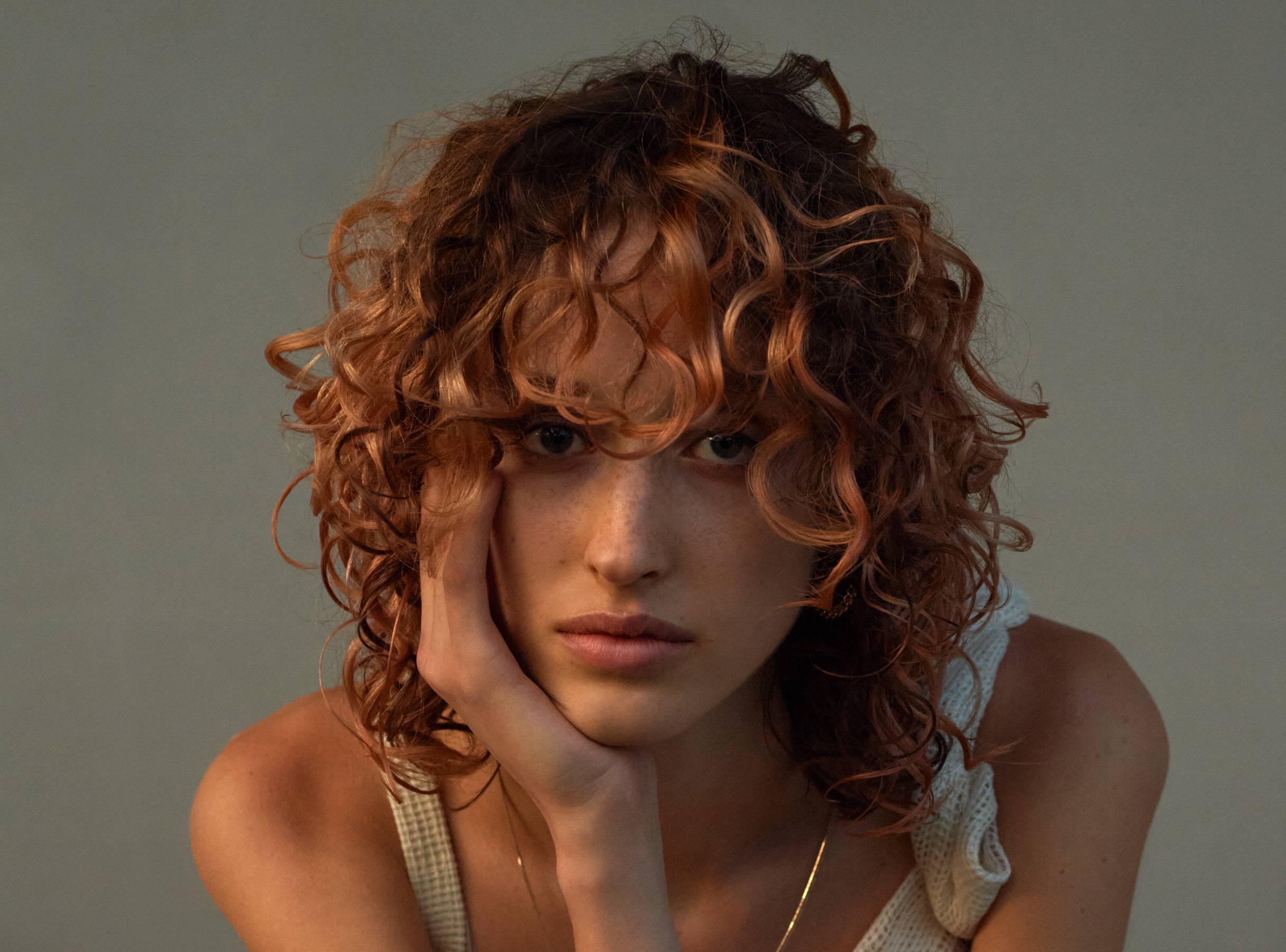
Now let's take a look at some of the most common questions people have before getting a perm.
The bottom line is that a hair perm works best on virgin hair. So if your hair is bleached, chemically-straightened, or color-treated, perming your hair isn't recommended. Otherwise you risk extra damage to your strands. It’s important to note that a perm will usually take best on stick-straight, thick hair, but those with curls, natural hair and fine hair can still get great results. If you’re ready to get your perm on, book an appointment with a Davines hair stylist in your area. And remember that maintaining your perm relies on your at-home permed hair maintenance routine. Follow our tips and use only high quality hair products. All Davines formulas are free of harmful toxins, use natural ingredients, and are made with renewable energy and packaging that minimizes the environmental impact. Our hair care isn’t just good for your hair, it’s good for the planet.
by Jaclyn LaBadia, featured contributor
Subscribe
Sign up to hear about product recommendations, styling how-to's, tips & tricks, and more!
Plus, Free Shipping on your first order!
Join our newsletter to enjoy free shipping on your first order.
By submitting this form, you agree to receive the latest news, updates, promotions, and other marketing information from Davines North America, Inc. by email.
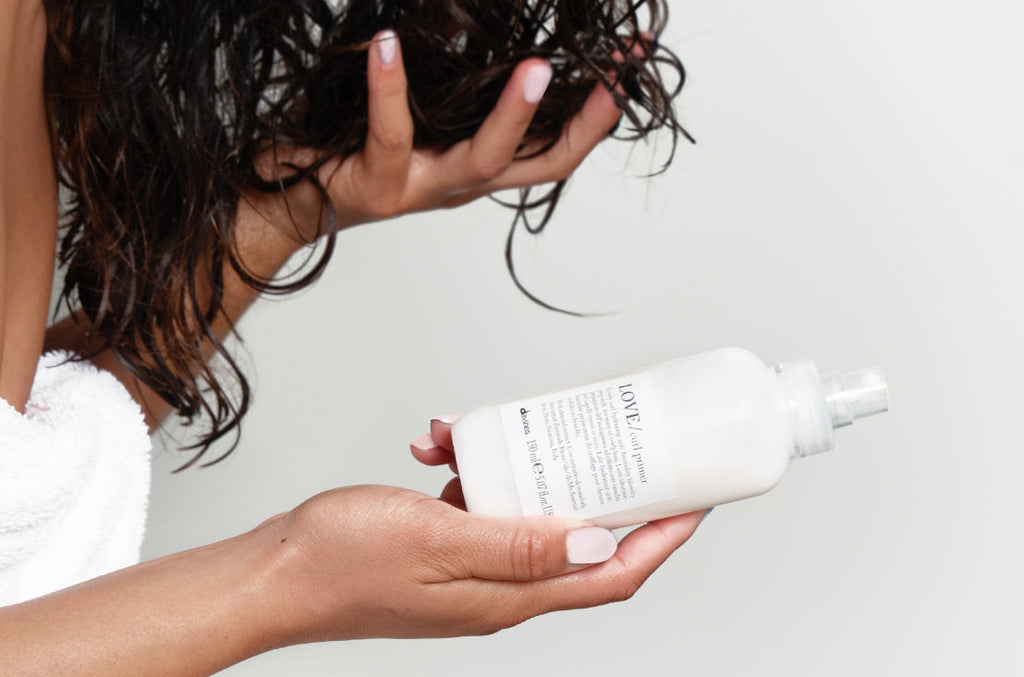
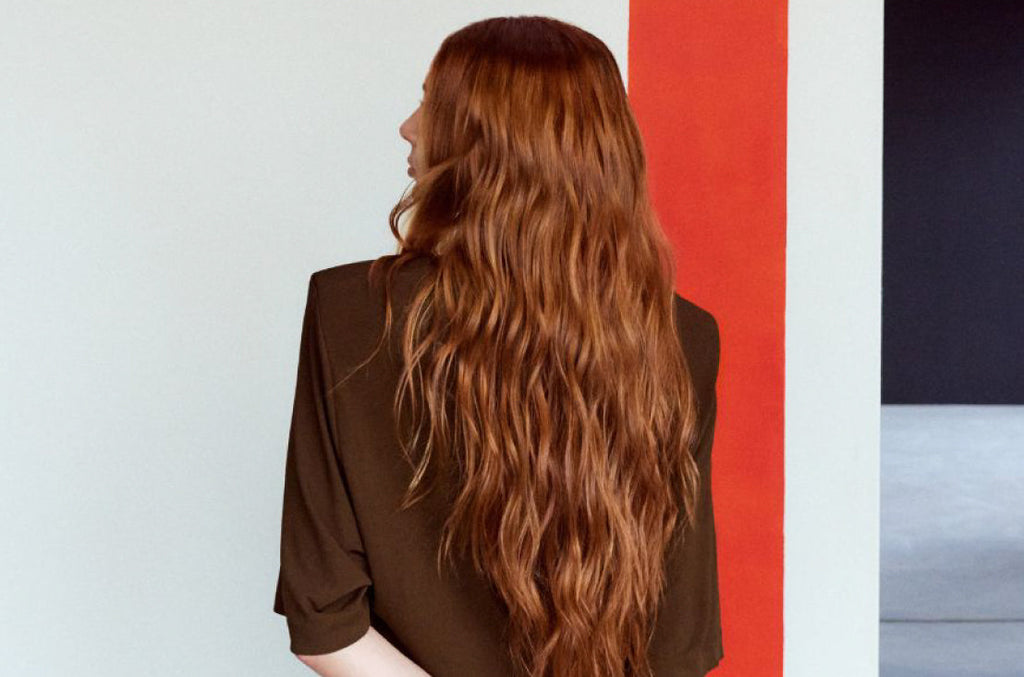
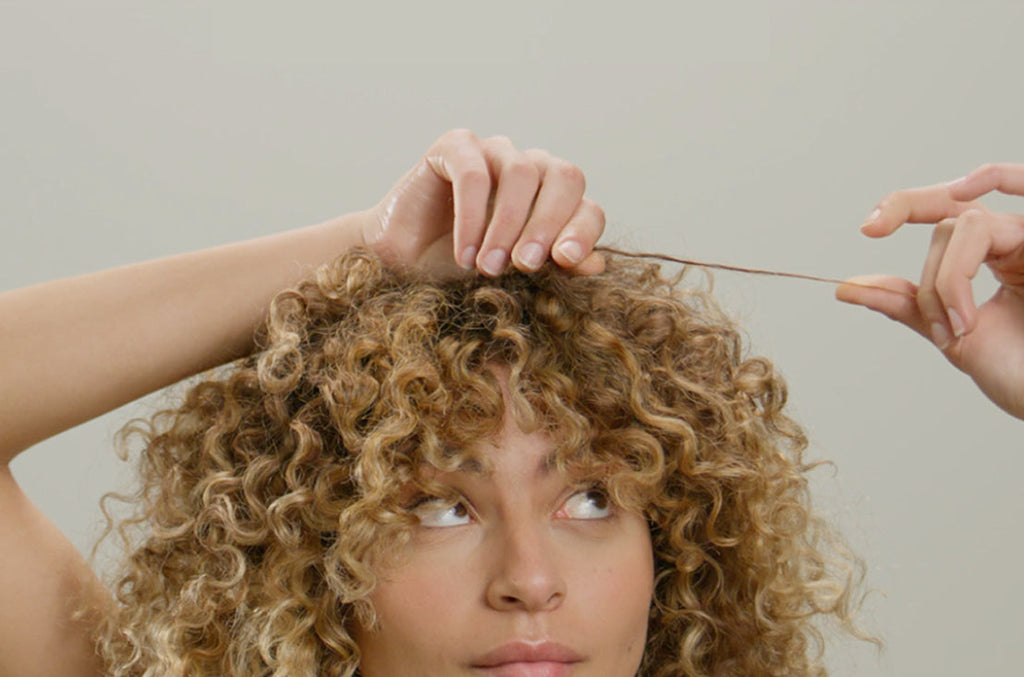
Leave a comment
Comments will be approved before showing up.